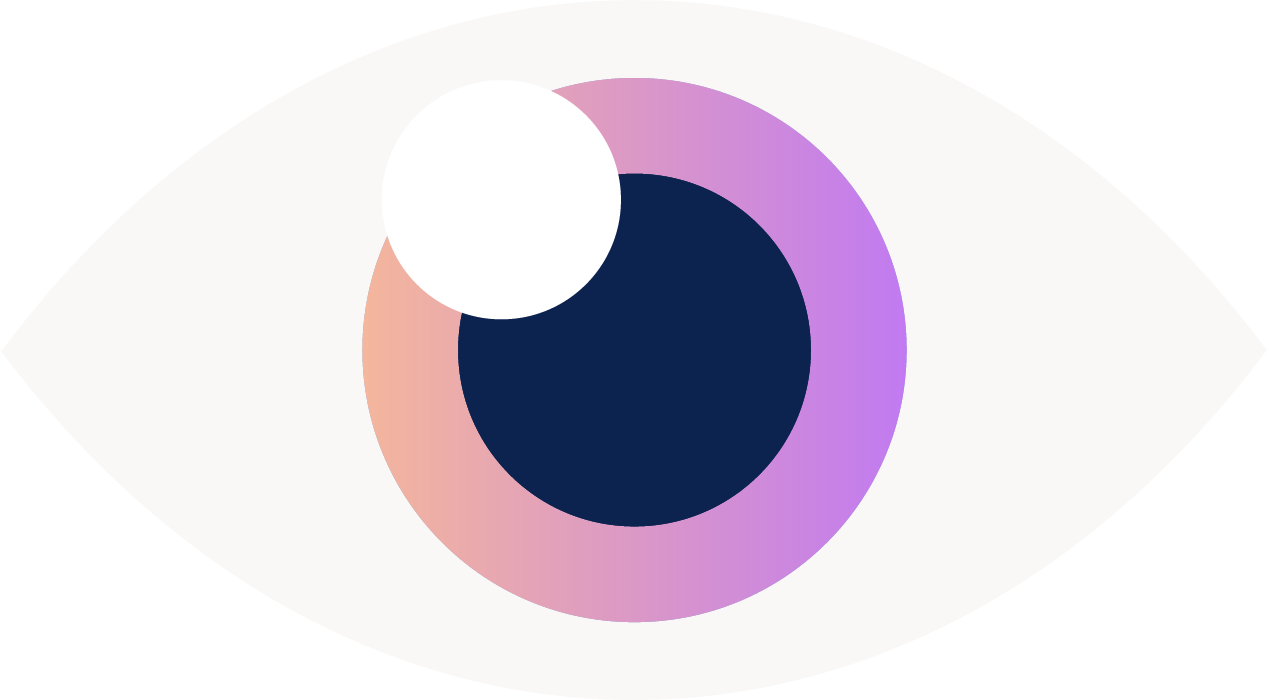Lash Extensions - the long and short of it
Many of you remember when I wanted to take “The Latisse Challenge” last year. I was planning on using Latisse and taking weekly photographs of my lash growth. But, since I was breast feeding my second son, I decided against doing it (Latisse is not FDA approved in pregnant or nursing moms). And, since I got very quickly pregnant with Arya after ceasing nursing Taj, I really have never had the chance to try Latisse. I have been jealously checking out all of the people around me with their gorgeous eyelashes. Even both my boys have lashes that Kim Kardashian would covet.To top it off, I have suffered from madarosis with pregnancy. Madarosis is the medical term for loss of eyelashes and eyebrows.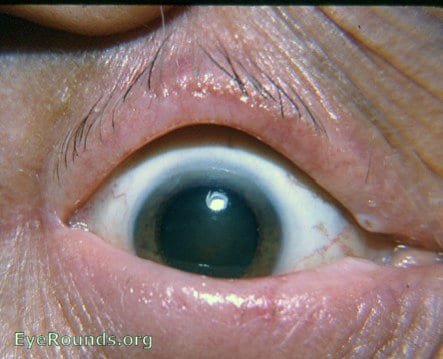 There can be many different reasons for it – inflammation such as caused by infections, blepharitis, or even allergy. Or it can be a sign of a systemic disease or condition, toxicity from medications, nutritional disorders, autoimmune disorder (lupus), tumors, hyperthyroidism or hypothyroidism, or traction (did you know that a lash curler can cause lash loss??). For me, I think it’s been a combination of hormones and my lash curler. The skimpier my lashes got, the more I tried to make every lash count – so I started curling them which really made things worse. Oh, and I’m a notorious eye rubber. I get bad allergies and I never remember to take my Pataday drops and just end up pulling and stretching my eyelid skin, which is never a good thing.All of this lead me to try lash extensions. Several of my friends have them and they are super popular here in Hawaii. Many of my patients ask me about them and I wanted to try it out. The licensing for lash extensions varies state to state. In Hawaii, an aesthetician or cosmetologist can be licensed to apply lash extensions, even currently no classes or lectures are taught about lashes in these two fields. Therefore, anyone can do lashes and you should make sure that the person you choose for your lash extensions does not skimp on the type glue, types of lashes and is diligent with their application. After all, this is a non-surgeon using crazy glue and sharp instruments approximately 1 mm from your eye! The American Academy of Ophthalmology cautions about the dangers of lash extensions. They warn about:
There can be many different reasons for it – inflammation such as caused by infections, blepharitis, or even allergy. Or it can be a sign of a systemic disease or condition, toxicity from medications, nutritional disorders, autoimmune disorder (lupus), tumors, hyperthyroidism or hypothyroidism, or traction (did you know that a lash curler can cause lash loss??). For me, I think it’s been a combination of hormones and my lash curler. The skimpier my lashes got, the more I tried to make every lash count – so I started curling them which really made things worse. Oh, and I’m a notorious eye rubber. I get bad allergies and I never remember to take my Pataday drops and just end up pulling and stretching my eyelid skin, which is never a good thing.All of this lead me to try lash extensions. Several of my friends have them and they are super popular here in Hawaii. Many of my patients ask me about them and I wanted to try it out. The licensing for lash extensions varies state to state. In Hawaii, an aesthetician or cosmetologist can be licensed to apply lash extensions, even currently no classes or lectures are taught about lashes in these two fields. Therefore, anyone can do lashes and you should make sure that the person you choose for your lash extensions does not skimp on the type glue, types of lashes and is diligent with their application. After all, this is a non-surgeon using crazy glue and sharp instruments approximately 1 mm from your eye! The American Academy of Ophthalmology cautions about the dangers of lash extensions. They warn about:
- Infection of the cornea
- Infection or swelling of the eyelid
- Permanent or temporary loss of lashes
I went to a lady who was highly recommended. The process of lash extensions involves gluing, with cyanoacrylate glue (Dermabond – the same type of skin glue doctors sometimes use instead of stitches), lashes on to the base of your natural lashes. I have since learned that there are a few different types of lashes – synthetic, silk and mink. For mink lashes, think the Kardashians or Beyonce. The adhesive should not be adherent to your eyelid skin. The first time I had the lashes done, I liked their look and did not have difficulty with them.The typical lash cycle consists of 4 different phases, and most women have between 100-200 upper lashes on each eye.
The adhesive should not be adherent to your eyelid skin. The first time I had the lashes done, I liked their look and did not have difficulty with them.The typical lash cycle consists of 4 different phases, and most women have between 100-200 upper lashes on each eye.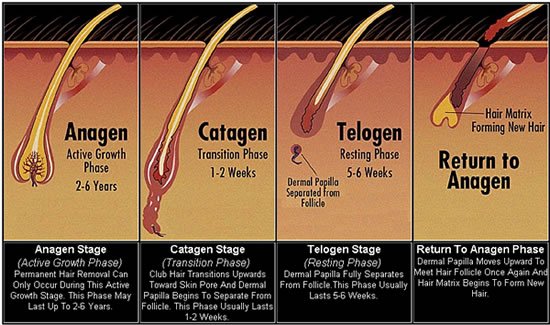 Therefore, even though it takes a full 3 months to cycle through your lashes, most women will want to get their lash extensions filled in every 3-4 weeks. I went back for my fill=in and asked for more noticeable lashes. One thing to note is that I had my baby 3 months ago. This is important because, as many of you mamas out there know, like clockwork, right around the 3-4 month mark, all that luscious hair on your head that the baby hormones were promoting starts to fall out. Same is true for your lashes. Unfortunately, the lash lady saw that I had baby fine lashes, since I was shedding a lot of lashes due to the hormones, and applied extra glue to make the lashes stick better. The fumes from the glue caused my eyes to tear throughout the entire process. The end result was that the lashes were too heavy and caused most of my real lashes to fall out. Even though I’m an ophthalmologist, it didn’t occur to me to check the ingredients of the glue used.
Therefore, even though it takes a full 3 months to cycle through your lashes, most women will want to get their lash extensions filled in every 3-4 weeks. I went back for my fill=in and asked for more noticeable lashes. One thing to note is that I had my baby 3 months ago. This is important because, as many of you mamas out there know, like clockwork, right around the 3-4 month mark, all that luscious hair on your head that the baby hormones were promoting starts to fall out. Same is true for your lashes. Unfortunately, the lash lady saw that I had baby fine lashes, since I was shedding a lot of lashes due to the hormones, and applied extra glue to make the lashes stick better. The fumes from the glue caused my eyes to tear throughout the entire process. The end result was that the lashes were too heavy and caused most of my real lashes to fall out. Even though I’m an ophthalmologist, it didn’t occur to me to check the ingredients of the glue used. 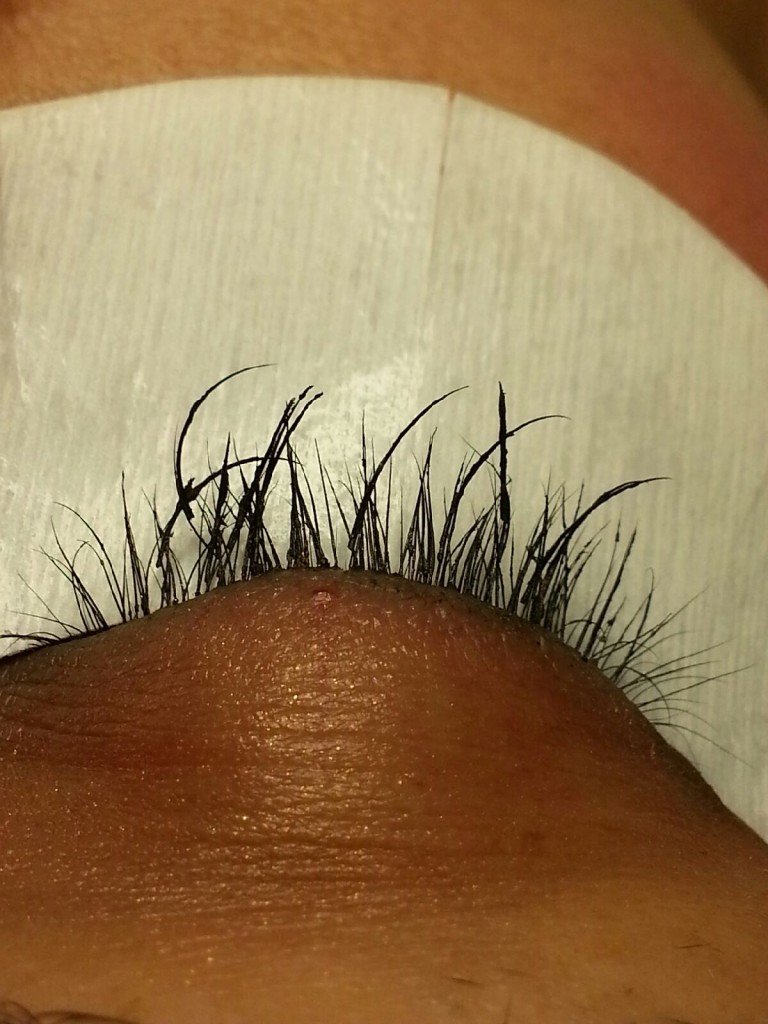 I looked online for studies regarding lash growth and lash extensions. You might be scared yourself to try lash extensions because you’ve heard “it causes your lashes to fall out”. In reality, no study has actually been performed to support or deny this assertion. But, there are risks associated with lash extensions – irritation, inflammation, infection, allergic reaction and even madarosis. Some of you may remember Kristin Chenowith showing up on David Leterman wearing huge sunglasses because of an allergic reaction from her lash extensions.
I looked online for studies regarding lash growth and lash extensions. You might be scared yourself to try lash extensions because you’ve heard “it causes your lashes to fall out”. In reality, no study has actually been performed to support or deny this assertion. But, there are risks associated with lash extensions – irritation, inflammation, infection, allergic reaction and even madarosis. Some of you may remember Kristin Chenowith showing up on David Leterman wearing huge sunglasses because of an allergic reaction from her lash extensions. Long and short of it, I started developing irritation and redness of my upper eyelid skin from the lash extensions – I wanted them off. I almost attempted to pull them off myself, but I knew that would result in more missing lashes.So, I tried another lash stylist (is that what they are called?) who had been highly recommended by another friend. Kristin Wood of the Kristin Wood salon. She spent an hour and a half carefully removing all of the excess glue at the base of my lashes and the few errant lashes remaining. At the conclusion, my upper lids were swollen and red and she advised me to wait to get new lash extensions until my eyelids had healed.
Long and short of it, I started developing irritation and redness of my upper eyelid skin from the lash extensions – I wanted them off. I almost attempted to pull them off myself, but I knew that would result in more missing lashes.So, I tried another lash stylist (is that what they are called?) who had been highly recommended by another friend. Kristin Wood of the Kristin Wood salon. She spent an hour and a half carefully removing all of the excess glue at the base of my lashes and the few errant lashes remaining. At the conclusion, my upper lids were swollen and red and she advised me to wait to get new lash extensions until my eyelids had healed.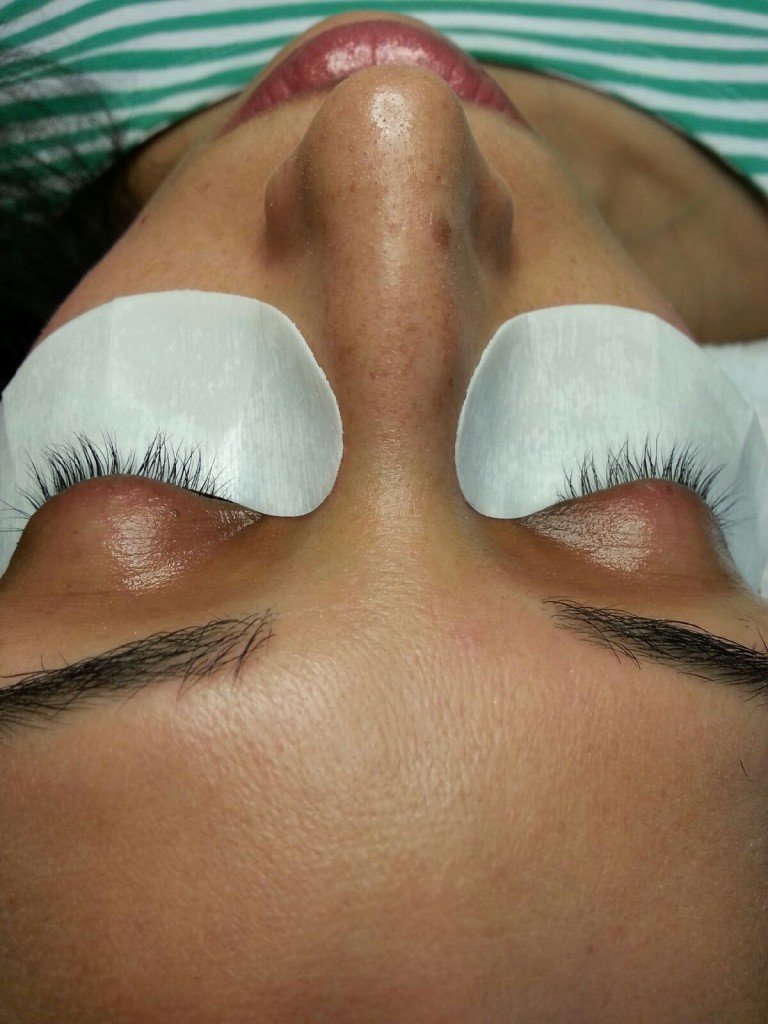 I knew that was the right call, so I came back in two weeks and she worked her magic.
I knew that was the right call, so I came back in two weeks and she worked her magic.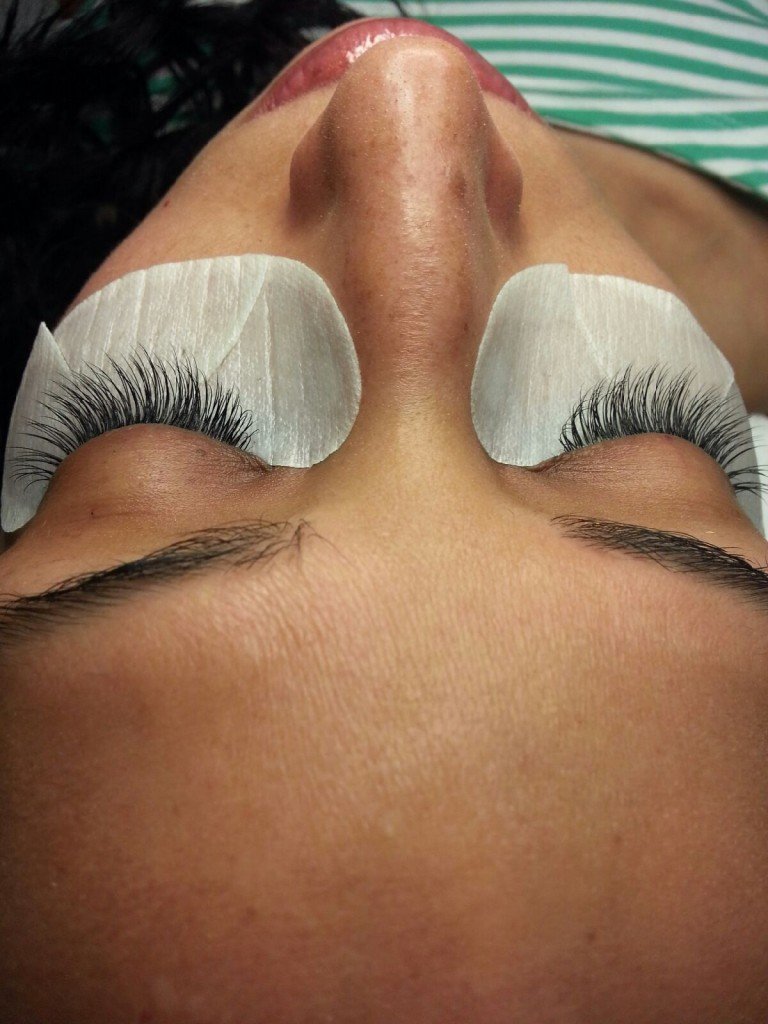 One week later, only two of my lashes have fallen out. The lashes are longer and feel much lighter than my previous ones. When I touch them, they don’t feel stiff, but soft like my own lashes. However, most people in the lash industry will admit that lash extensions do cause your natural lashes to fall out more quickly. So, what should you do to avoid complications from lash extensions? The FDA and American Academy of Ophthalmology offers the following advice:
One week later, only two of my lashes have fallen out. The lashes are longer and feel much lighter than my previous ones. When I touch them, they don’t feel stiff, but soft like my own lashes. However, most people in the lash industry will admit that lash extensions do cause your natural lashes to fall out more quickly. So, what should you do to avoid complications from lash extensions? The FDA and American Academy of Ophthalmology offers the following advice:
- Check the ingredients of the glue to make sure you are not allergic to it
- If you have an eye infection or the skin around the eyes is inflamed, avoid lash extensions (as I did initially)
- Make sure that the technician applying your lashes wears gloves and practices proper hygiene
- Ensure that the aesthetician is properly certified and working at a reputable place.
If you develop an infection from the lash extensions, resist the urge to pull them out yourself. Go to an ophthalmologist for treatment. An ophthalmologist can prescribe an antibiotic or antiobiotic/steroid ointment. The lashes will fall out over the period of about six weeks and with it, the glue should also fall out in that time.Also, beware of a lash stylist who tells you not to get your lashes wet at all. Usually, you shouldn't get them wet the first 24 hours, but after this, you should clean your lashes and remove make-up with an oil-free make-up remover. Kristin advised to perform the same baby shampoo lid scrubs that I recommend to my patients with blepharitis to prevent build-up of protein and oil (and this was before she knew I was an ophthalmologist!)So, what do I think of lash extensions? I had one experience which seems to echo everything that the Academy of Ophthalmology warns about – glue on the base of the eyelid skin, allergic reaction and lashes that were too heavy for my natural lash to sustain, thus causing traction madarosis. And, I had a great experience with another lash stylish with no complications. So, the choice is yours – lashes, Latisse, good old fashioned mascara, whatever you choose, be safe and make your eye health your top priority, don’t just look for a good deal.
